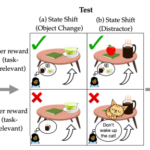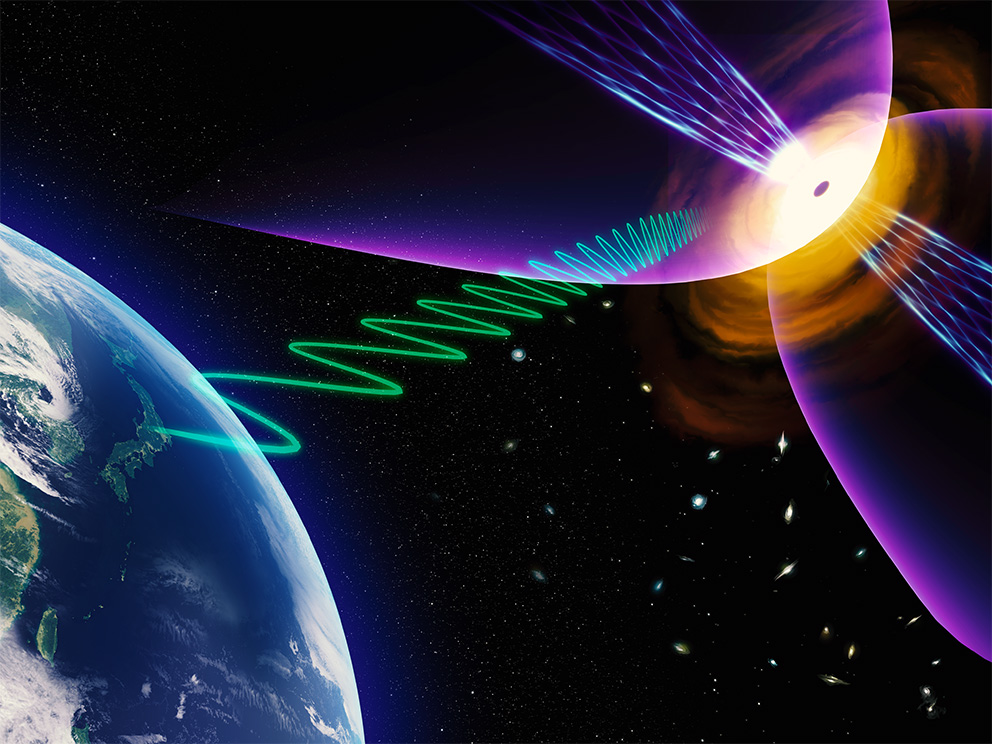2023-07-18 カリフォルニア大学サンディエゴ校(UCSD)
◆砂の中を移動するための最適なデザインやセンサーを研究するため、砂の特性や動物の観察を基に模擬実験を行いました。今後の研究では、さらなる改良や実際の砂への掘り込み能力の向上を目指します。この技術は、穀物サイロの検査や救助活動など、様々な分野での活用が期待されます。
<関連情報>
- https://today.ucsd.edu/story/bot-inspired-by-baby-turtles-can-swim-under-the-sand-1
- https://onlinelibrary.wiley.com/doi/full/10.1002/aisy.202200404
低活性付属体を用いた粒状環境におけるロボットの感知と遊泳に向けて Toward Robotic Sensing and Swimming in Granular Environments using Underactuated Appendages
Shivam Chopra, Drago Vasile, Saurabh Jadhav, Michael T Tolley, Nick Gravish
Advanced Intelligent Systems Published: 12 May 2023
DOI:https://doi.org/10.1002/aisy.202200404

Abstract
Granular environments, such as sand, are one of the most challenging substrates for robots to move within due to large depth-dependent forces, unpredictable fluid/solid resistance forces, and limited sensing capabilities. An untethered robot is presented, inspired by biological diggers like sea turtles, which utilize underactuated appendages to enable propulsion and obstacle sensing in granular environments. To guide the robot’s design, experiments are conducted on test appendages to identify the morphological and actuation parameters for forward thrust generation. Obstacle sensing is observed in granular media by measuring the increased force on the moving appendage caused by changes in the granular flow around it. These results are integrated into an untethered robot capable of subsurface locomotion in a controlled granular bed like natural, loosely packed sand. The robot achieves subsurface “swimming” at a speed of 1.2 mm s−1, at a depth of 127 mm, faster than any other reported untethered robot at this depth, while also detecting obstacles during locomotion via force sensors embedded in the appendages. Finally, subsurface robot locomotion in natural sand at the beach is demonstrated, a feat no other robot has accomplished, showcasing how underactuated structures enable movement and sensing in granular environments with limited limb control.



